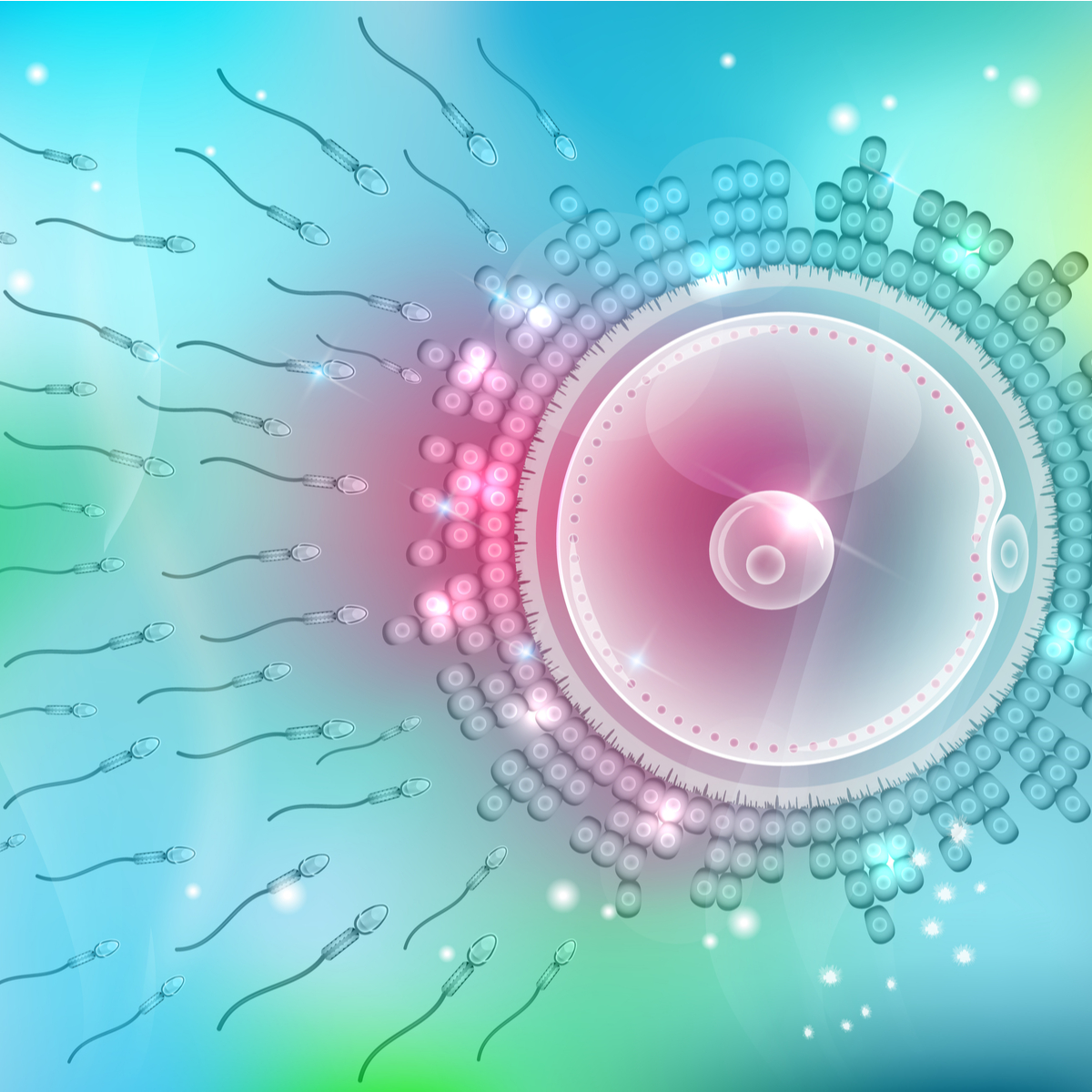In this excerpt from her book, MFC Clinical Director, Prof Mary Wingfield, explains the basic biology behind conception and how this culminates in the miracle of new life:
“The way a human pregnancy and child can develop following a single act of sex between a man and a woman is indeed a miracle of nature and something that, even after all these years, still leaves me in awe. So many minute steps have to happen in a highly co-ordinated and precise pattern – all at a microscopic level. When we realise how intricate it all is, it is not surprising that things can go wrong.
In order to conceive a baby a sperm (male reproductive cell) must fertilise an egg (female reproductive cell). This fertilized egg then develops into an embryo, which implants in the woman’s womb (uterus) and subsequently develops into a foetus and eventually a baby. A woman produces one or two eggs in one or other of her ovaries every month and this is called ovulation. The egg is released from her ovary at the time of ovulation and, by some miracle, the woman’s Fallopian tube, which lies close to the ovary and connects with the uterus, is able to pick up this egg. If the woman has sex around the time of ovulation, some of the sperm that is deposited in her vagina swim through her cervix and uterus up to her Fallopian tube. The hope is that one egg and one sperm will meet in the Fallopian tube. The sperm will penetrate the egg and hopefully fertilise it.
The process of fertilisation takes about 24 hours and then the fertilized egg, which is one cell, divides into two cells, which subsequently divide into four cells and then eight cells and so on. Once the fertilised egg has started dividing into numerous cells we have what is called an embryo. After 2–3 days in the Fallopian tube, the embryo begins to move down towards the uterus or womb. If the lining of the womb is appropriate, which it should be at this time of the woman’s menstrual cycle, the embryo will start to implant in the woman’s uterus – this is approximately five days following ovulation and the embryo at this stage is called a blastocyst. As implantation progresses, the placenta part of the embryo starts producing a hormone called hCG (human chorionic gonadotropin), which supports the pregnancy. This hormone, which is excreted into the woman’s blood and urine, forms the basis of a pregnancy test and will give a positive pregnancy test 10 to 16 days after ovulation.
In order for all of the above to happen, it is really important that the couple have had sex in the days leading up to and around the time the woman is ovulating as that is the only time when there will be an egg available for the sperm to fertilise.
If a couple have an active sex life and are having sex every two or three days, they don’t need to concern themselves with the ‘fertile time’ – they will be having sex often enough.
Eggs are also called ova or oocytes. They are stored in the ovaries, in small sacs called follicles. These follicles can be seen on an ultrasound scan. Women are born with all their eggs in their ovaries. At birth, the ovaries contain one to two million eggs and these are arrested at an early stage of development. After puberty, several eggs begin to mature each month but only one or two are ovulated and the final stage of development of the egg does not happen until the egg is fertilised by a sperm.
The egg is one of the largest cells in the human body, and can even be just about visible to the naked eye. Like sperm, eggs contain half the normal number of chromosomes (23) in their nuclei and these combine with the 23 male chromosomes at fertilisation to produce one fertilised egg with a full complement of chromosomes (46). The egg also contains other structures, such as mitochondria, which are essential for normal development of the early embryo (mitochondria produce energy for the cell). Indeed, the first three days or so of an embryo’s life is controlled and determined by the egg, rather than by the sperm.”
‘The Fertility Handbook’ is available to purchase – click here – with profits going to Merrion Fertility Foundation.
Please click here if you are concerned about your fertility and would like to make an appointment to see one of the MFC team of doctors.
